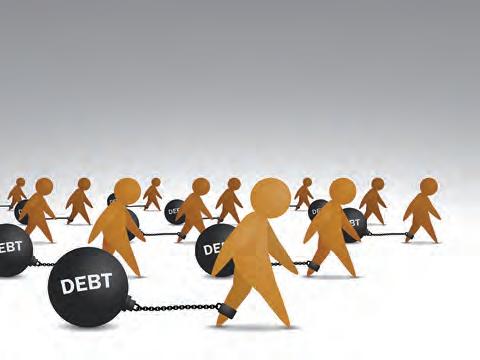“c01AnIntroductionToMicroeconomics_PrintPDF” — 2022/7/19 — 7:26 — page 63 — #61
Government policies to reduce externalities
TE
D
PA
G
E
PR O
O
FS
The government can help reduce market failure associated with both negative and positive externalities using a range of policy measures: • Government laws to reduce negative externalities: One way the government can reduce negative externalities is by passing laws or legislation to force firms and/or consumers to change their activities or behaviours causing negative externalities. For example, passing laws such as the Clean Energy Act in 2011 (that led to the carbon tax between 2012 and 2014) put a cost on carbon pollution. It compelled producers and consumers to take more responsibility for their emissions and change their production and consumption patterns. Similarly, anti-smoking laws have also reduced negative externalities and adverse health issues for society that are associated with active and passive smoking (breathing in second-hand smoke-filled air). • Governments, indirect taxes to reduce negative externalities: Each year, the consumption of socially undesirable goods such as alcohol and tobacco causes much harm to society and individuals. It adds greatly to the health and safety costs that in turn, have to be paid by governments and taxpayers. Additionally, manufacture of some products generates carbon emissions and adds to global warming. These are linked to severe weather events, rising sea levels, destruction of infrastructure, businesses and property, and deaths. In these two situations, negative externalities or costs are passed on to external third parties. In an attempt to reduce such negative externalities, the federal government has placed taxes on tobacco and alcohol. These taxes raise the price of particular consumer goods, possibly changing decisions made by buyers and sellers, thereby reallocating resources more efficiently to areas where they add most to our general wellbeing. More specifically, let us use the demand–supply diagram shown in figure 1.26 to illustrate what happens if the government imposes a tax on producers or suppliers of an undesirable good or service whose consumption results in negative externalities. Here, for example, we might think of the effects of a carbon tax on production that causes CO2 pollution such as electricity made from brown coal, a tax on alcoholic drinks or a tax on the sale of cigarettes. As can be seen from figure 1.26, supply-side conditions for firms producing and selling these goods will become less favourable. By having their profits cut, producers will be discouraged from producing or supplying the item, causing a decrease in supply at all possible prices.
U
N
Item’s price per unit ($)
CO RR EC
FIGURE 1.26 The impact on the market of a sales tax imposed on producers or sellers of a socially undesirable good or service (e.g. tobacco, pollution or alcohol) to discourage production and consumption.
S2
New equilibrium consumer price, P3
Original equilibrium price, P1
S1
E2
Amount of sales tax per unit
E1
New producer price, P2 (not an equilibrium price) D1
0
Q2
Q1
Quantity of socially undesirable item
TOPIC 1 An introduction to microeconomics
63

































